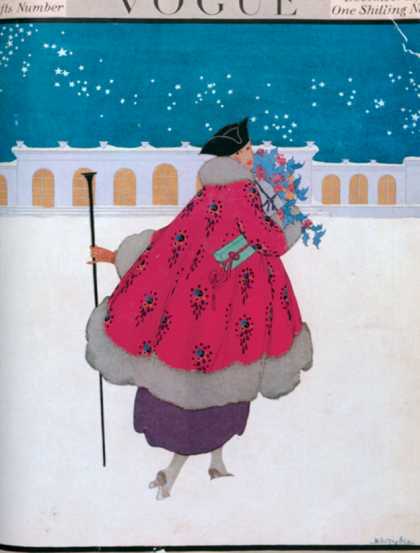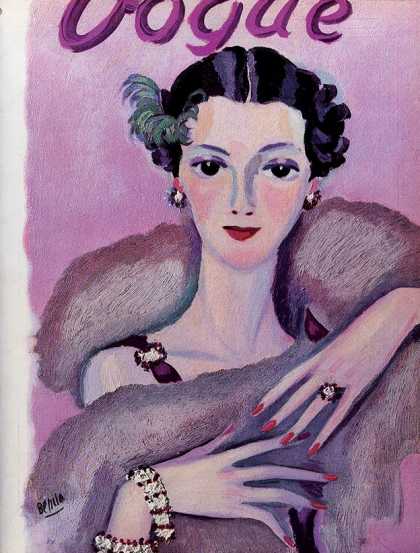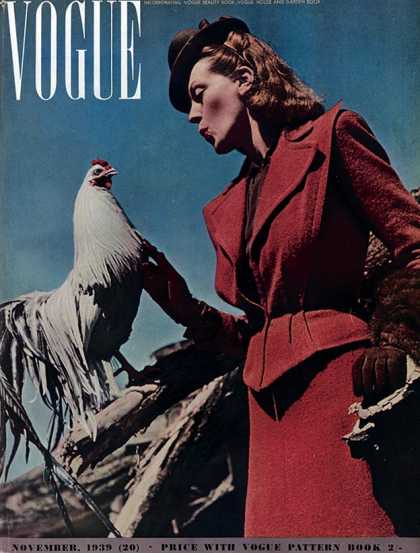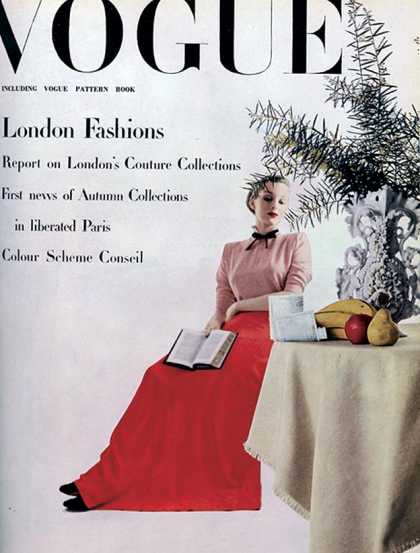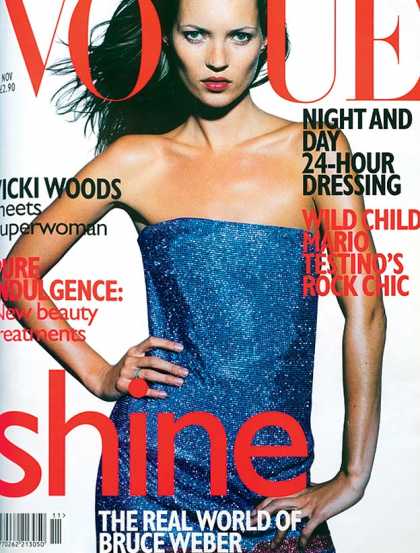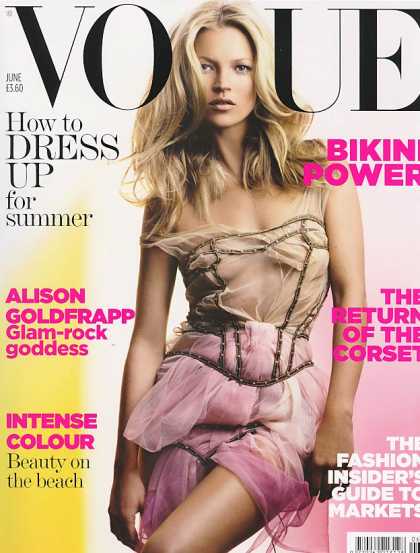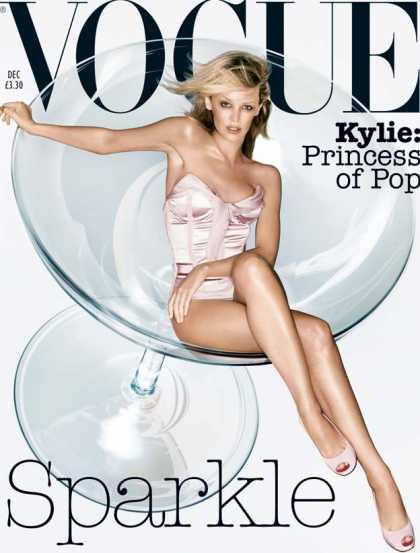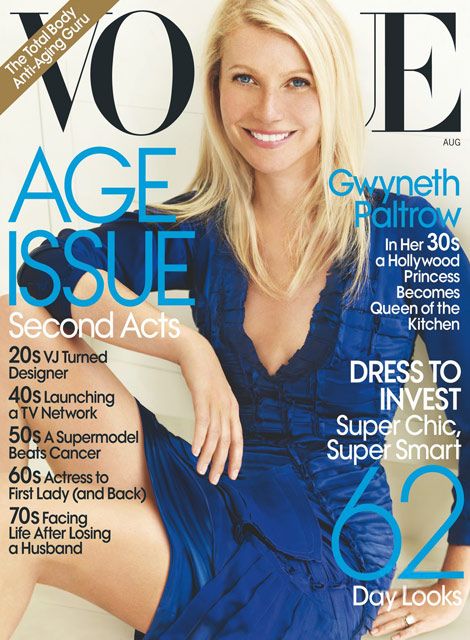See how much the Vogue covers have changed from 1892 until now
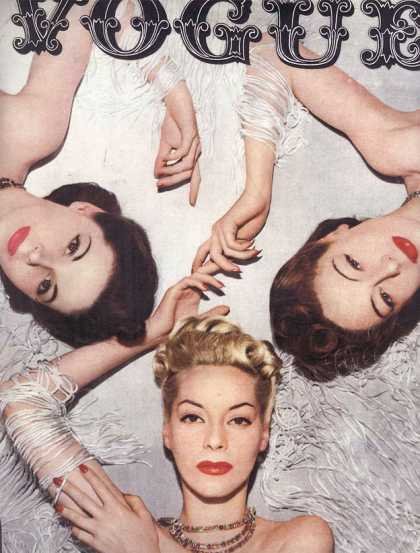
Vogue, as we all know, is embedded deeply in pop culture and modern day fashion. It inspired a style of dancing, which then inspired a huge Madonna song, and was immortalized with a parody of itself gracing the big screen in The Devil Wears Prada. Plus every A-list fashionably-influential celebrity we can think of has graced the cover at one point or another.
When you think of a cover of Vogue, what do you picture? A beautiful model-esque woman with long wavy hair in a solid-colored dress standing in the center or slightly off to the side. Maybe she's zhooshing her hair and smiling, or maybe she looks serious with her hands on her hips. Either way, she is covered up in text in every direction. We all have similar concepts in our head of what a cover looks like, as we've seen them all over magazine stands and book stores and doctors office waiting room coffee tables our whole lives.
Vogue has its look down to a science these days. Below on the left is what it would look like if you layered every cover of Vogue in 2010 on top of one another. On the right, is the same concept, but Italian Vogue.
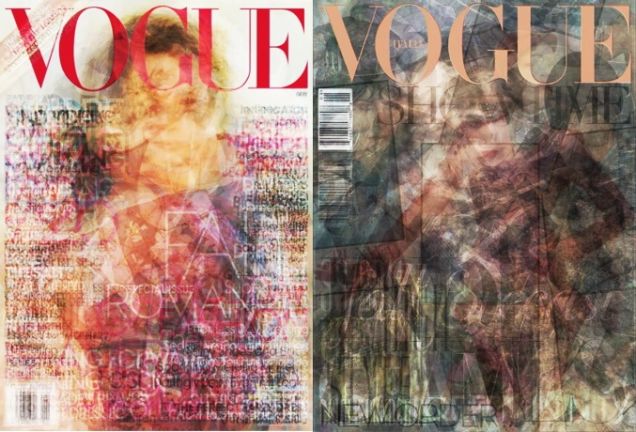
But while its current day look is fresh and effective for the modern reader, it has gone through plenty of redesigns in the past. Being that the company has been around since 1892, it of course couldn't have had photographs on the cover to begin with. It was actually known for fashion illustrations on the covers. Below is the first ever cover of Vogue, published December 17th of 1892. It looks unrecognizable if you're used to the covers of today.
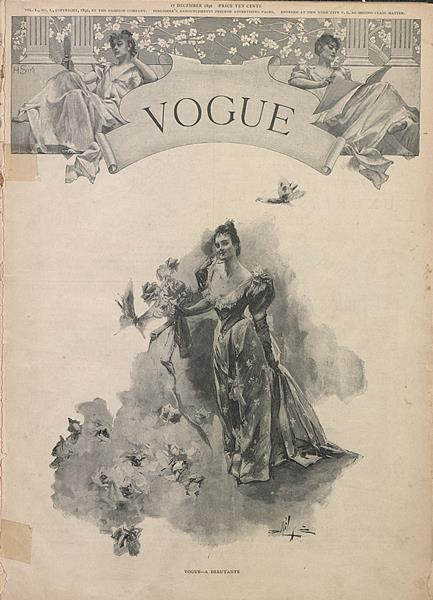
The concept behind many of the illustrations featured in the early stages of Vogue was the "Gibson Girl." Illustrator Charles Dana Gibson was known for his popular pen-and-ink illustrations that depicted the "ideal woman." The facial features, the body and the disposition every woman at the time found to be desirable. And Vogue, living up to its name, wanted its illustrations on the cover to convey the same type of woman.
1890s
1920s
Condé Montrose Nast purchased Vogue in 1905 a year before the death of founder Arthur Baldwin Turnure. At one point, he turned it into a unisex magazine, quickly shifting the target back to women once it seemed to appeal mostly to a female demographic. He then began successful expansions into English and French publications.
1930s
Its plain to see where the Art Deco style of illustration began influencing the magazine
1940s
You'll start to see a shift from illustrations to photos of models in this era
1950s
In this era, you'll see them start to consistently print the title of the publication centered at the top of the page. You'll also find them start to use the signature font they're now known for
1960s
In this era, you'll see the beginnings of the standard design for the cover we know to this day. This was also the decade that celebrities began being featured on the cover.
1970s
Beverly Johnson became the first African American woman to be featured on the cover of Vogue in 1974 (see below)
1980s
In 1988, Anna Wintour accepted her current position as Editor-in-Chief. With the magazine declining in popularity over the past couple of years, she decided she wanted to give the magazine new life, making it more youthful and approachable. Below is the first cover they published with Wintour as Editor-in-Chief
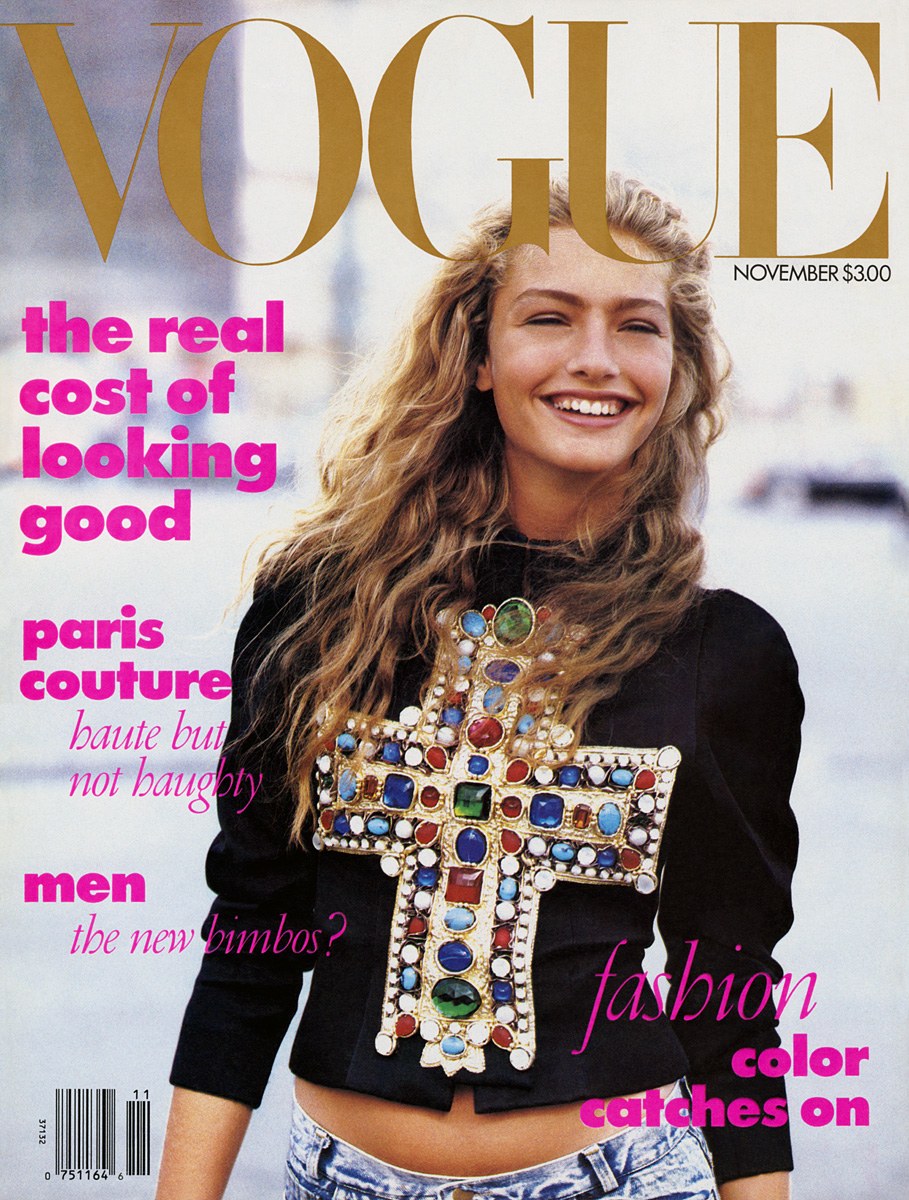
1990s
2000s
2010s
These days the bulk of the well-known issues feature celebrities from the entertainment industry, as opposed to the decades prior where mostly models were featured.
Thanks so much for going on this little trip back in time with me. What era of Vogue covers do you love the most? I personally think that the 70s had the most innovative looks.
If you enjoyed this article, be sure to give me a like on Facebook to see more posts like this.



